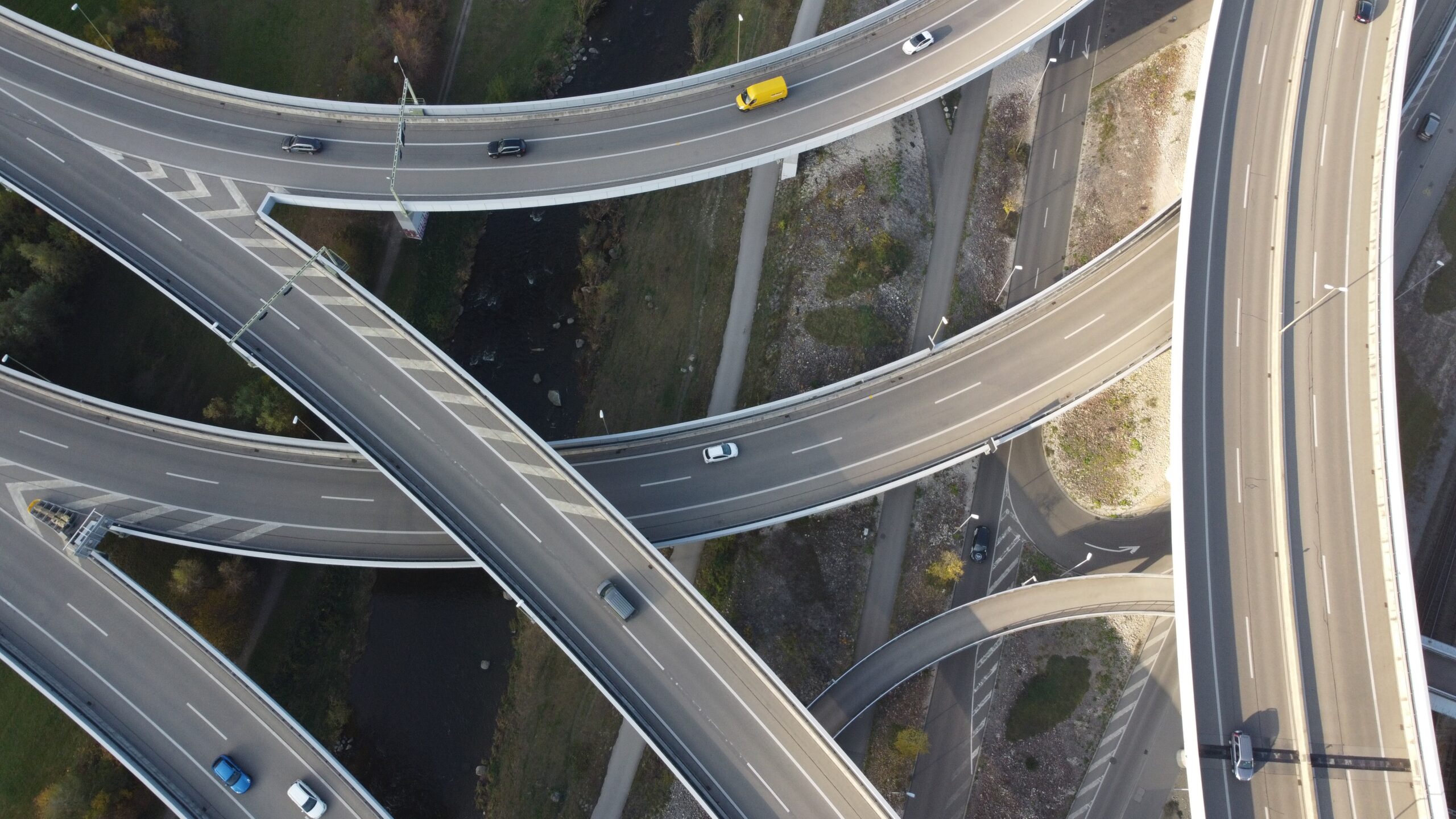You don’t have to search very hard to find the biggest single source of greenhouse gas emissions in the United States – you see it every time you drive down the road. According to the Environmental Protection Agency, the transportation sector accounted for the largest portion (29%) of total U.S. GHG in 2019 (pre-coronavirus). Light-duty vehicles were the biggest polluters within this sector at 58% of emissions, followed by medium – and heavy-duty trucks at 24%.
The Biden administration aims to help lower those figures by sharing federal funding with states to develop carbon reduction strategies.
In April, the U.S. Department of Transportation’s Federal Highway Administration announced a new Carbon Reduction Program (CRP) that will provide $6.4 billion in funding for states and localities over five years, to expand transportation options for Americans and reduce carbon emissions.
“As the sector generating the most carbon emissions in the U.S. economy, transportation must play a leading role in solving the climate crisis,” U.S. Transportation Secretary Pete Buttigieg said in a press release. “The Carbon Reduction Program will help reduce pollution from transportation and move us closer to the President’s ambitious goal of cutting emissions in half by 2030.”
The program is designed to help state governments determine projects that are eligible for funding under the roughly $1 trillion infrastructure bill passed last year. Much of the money likely will be spent on building dedicated bus lanes, electric-vehicle charging infrastructure, and highway projects that use sustainable pavement.
Other projects that could get financing include truck stop and port electrification systems, intelligent transportation systems, bike, and pedestrian lanes, and energy-efficient street lighting and traffic control devices.
States will also be required to develop carbon reduction strategies in consultation with Metropolitan Planning Organizations to identify projects and strategies that can lower emissions. However, state and local governments can begin using the CRP funds before developed and reviewing plans.
“This new program provides states and local agencies in urban and rural areas the flexibility and funding needed to reduce emissions and build a more sustainable transportation network that will benefit all travelers,” said Deputy Federal Highway Administrator Stephanie Pollack.
Federal officials cite other benefits, including creating new jobs, more options for getting around, and healthier communities.
As the Washington Post reported, the program represents a compromise. Rather than requiring states to meet specific emissions goals or face the consequences – an idea that created a rift between lawmakers – the CRP instead requires that states pursue projects and policies that reduce on-road emissions.
States and local plans will be finalized by Nov. 15, 2023. One hope among Biden administration officials is that the influx of different strategies and ideas brought forth by a broad collection of states and municipalities will bolster competition, improve innovation and ultimately increase U.S. sustainability.
“Some states are actually way ahead of us federally, in terms of their level of climate ambition and the creativity that they’ve brought to this and the steps they’ve taken. Others, we’re pulling along and really working to encourage them,” Buttigieg said in an interview. “No one unit of government, including ours, has all the answers on how to do this most cost-effectively and efficiently.”





